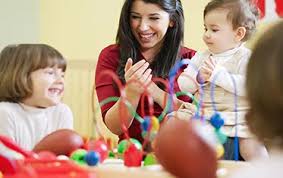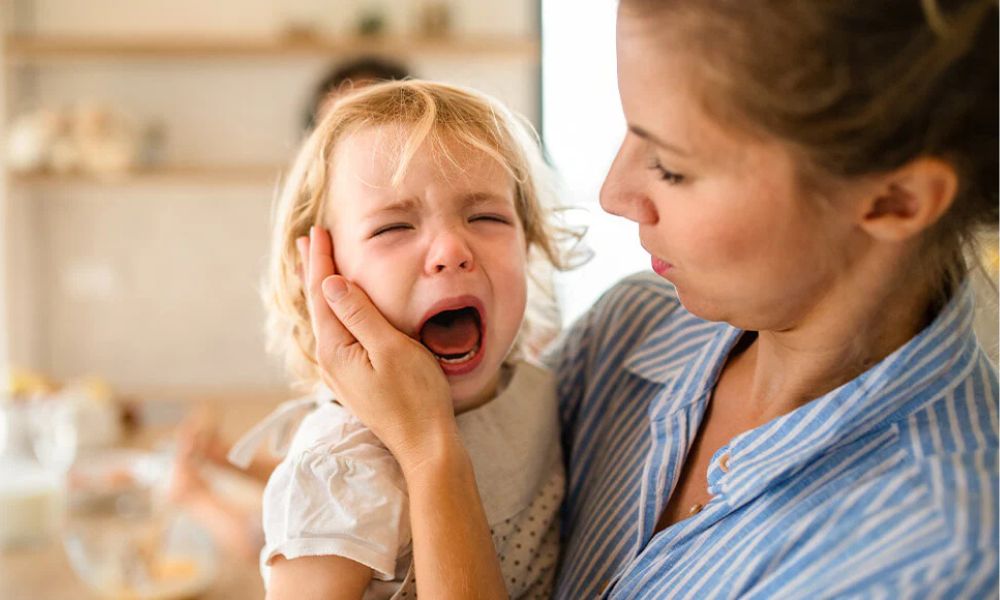When to Start Potty Training: Signs Your Toddler is Ready
Tanzeel Mehak
October 20, 2025
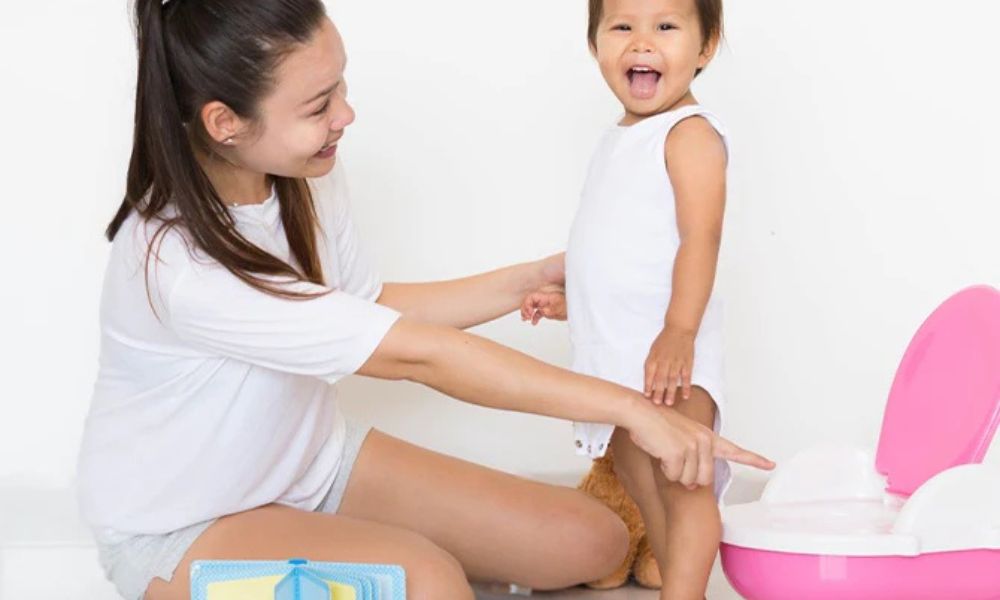
Potty training is one of the biggest stages in your toddler’s early years. It shows the beginning of independence and helps your child to take their first steps toward growing.
Every child is different, some are ready early while others need a little more time for readiness. There’s no perfect age to start. What truly matters is noticing the signs that show your child is ready both physically and emotionally.
In this guide, we’ll walk through the common signs of readiness for potty training that help you to understand when the right time of your toddler’s potty training journey begins.
Typical Age Range for Potty Training
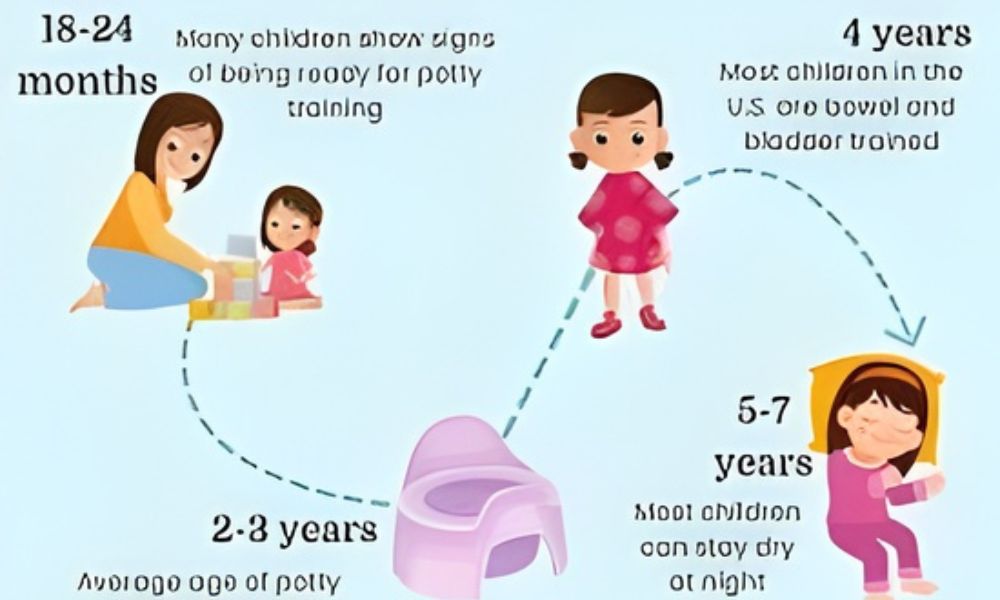
There’s no magic of potty training age when toddlers are ready to start learning this but some start to show necessary physical and cognitive skills between 18 to 24 months.
Some toddlers are not interested in potty training until they are closer to 3 to 4 years. While they take more time, even two years more because of itching to potty train. It’s also very normal to have a toddler who wants to wait longer or in the end go through a gradual potty training process.
Before 12 months of age, children can’t control their bladder or bowel movements and toddlers who show many signs of readiness may still be physically unable to control elimination. Children who can stay dry during the day often take longer to stay dry at night.
4 Signs of Your Toddler Readiness For Potty Training
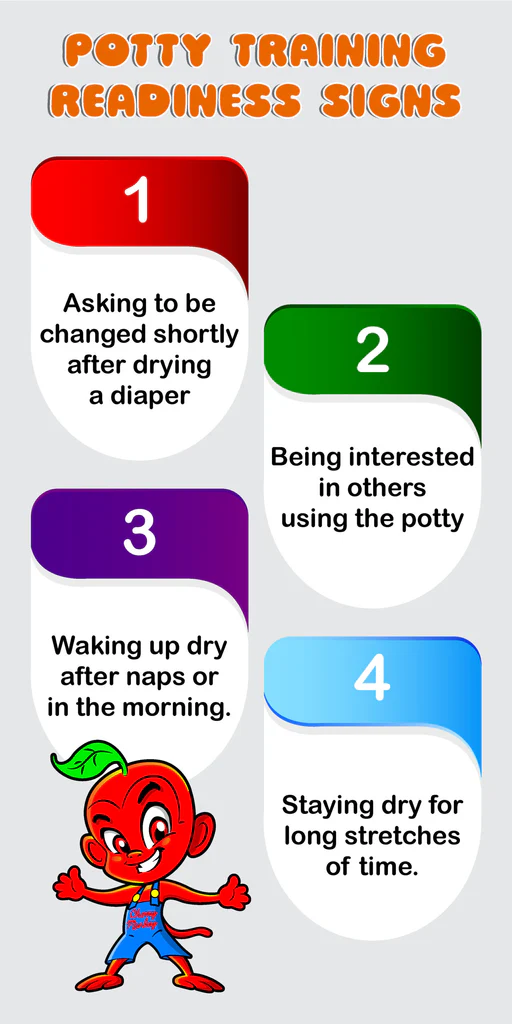
There are different signs you can look for knowledge if your child is ready for potty training. Though they don’t meet every sign, reaching multiple stages before beginning the process can often lead to better success.
When your toddler begins showing signs, it means they are understanding their body and are ready to learn confidently. Here you can look for various signs of your toddler for potty training:
1. Physical Signs of Readiness
- It is coordinated enough to walk and even run steadily.
- They has regular and well formed bowel movements at relatively predictable times
- Toddlers have dry periods at least two hours or during naps which shows that their bladder muscles are developed enough to hold urine for a longer time.
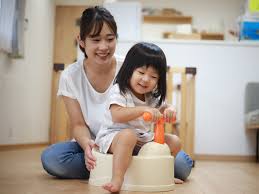
2. Behavioral signs
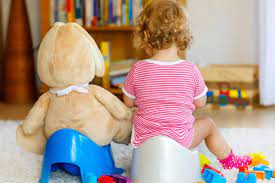
- Toddlers can sit down quietly in one position for two to five minutes.
- They can pull their pants up and down by themselves during training.
- They dislike wearing a wet or dirty diaper for a longer time.
- They show interest in other people’s bathroom habits like watching you go to the bathroom or wear underwear instead of diapers.
- Gives a physical or verbal sign when they have a bowel movement such as grunting, squatting or actually telling you they are going to the bathroom.
- They demonstrate a desire for independence.
- They are not resistant to learning to use the toilet during potty training.
- In a generally cooperative stage they are not a negative or contrary one.
3. Cognitive signs
- Toddlers understand the physical signals that mean they have to go and tell you before it happens or even hold it until they have time to get to the potty training.
- They follow simple instructions such as go and get the toy.
- Understands the value of putting things where they belong.
- They can say words for urine and stool.
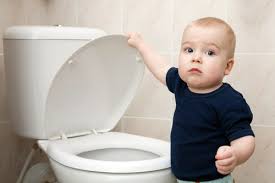
4. Emotional Readiness
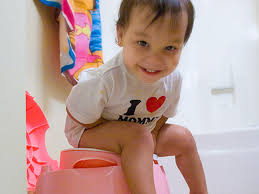
- Emotional readiness is like physical readiness for potty training. An interested toddler learns easily and understands the process more quickly.
- When your child hides poop is the top sign that your child is ready for potty training. It shows that they need to go to the bathroom, which is a key step in potty training.
- When they feel the need to go to the bathroom, instead they go under the dining table or behind the couch, to sit there for the potty.
- They are waking up dry from naps or in the morning. If you notice dry diapers when your baby wakes up that is an excellent time to start thinking about potty training.
Challenges And Solutions For Potty Training
Some toddlers learn potty training quickly while others take more time for this. It’s common for parents to have questions and face problems as your toddler learns this new skill.
- Remind yourself that sooner or later, your child will want to be dry for their own sake. If they start to see potty training as a battle with you, it’ll be much harder.
- Leave the potty training for a month or so then try again slowly and calmly. A reward chart with stickers may help your toddlers to stay motivated.
- Accidents can be very frustrating and try not to show your child how you are feeling. Explain what you want them to do next time.
- The best thing you can do is to be understandable and sympathetic with your baby. Your child will almost be upset about wetting themselves.
- Stay positive and give your child gentle reminders about using potty training regularly.
- Don’t confuse your child by stopping and starting potty training. If you do stop, leave it for a few weeks before you start again.
- keep certain books or toys in the bathroom especially for potty times.
- There is no need to keep your child on the potty for more than a couple of minutes.
Talk to your health visitor about any worries or questions. They’ll help lots of parents to see their children through potty training and can give you tips to make things easier for you and your child. You should follow a good potty training Guide.
Conclusion
Potty training is a big step but readiness matters a lot more than age. Every toddler grows and learns at their own footsteps.
Trust on your efforts and your toddler’s timing of potty training. When your toddler is truly ready for the process it will feel more natural and less stressful for both of you.
With patience, praise and consistency your toddler will soon get confidence for potty training. If you feel any query go to your health visitor for advice.


